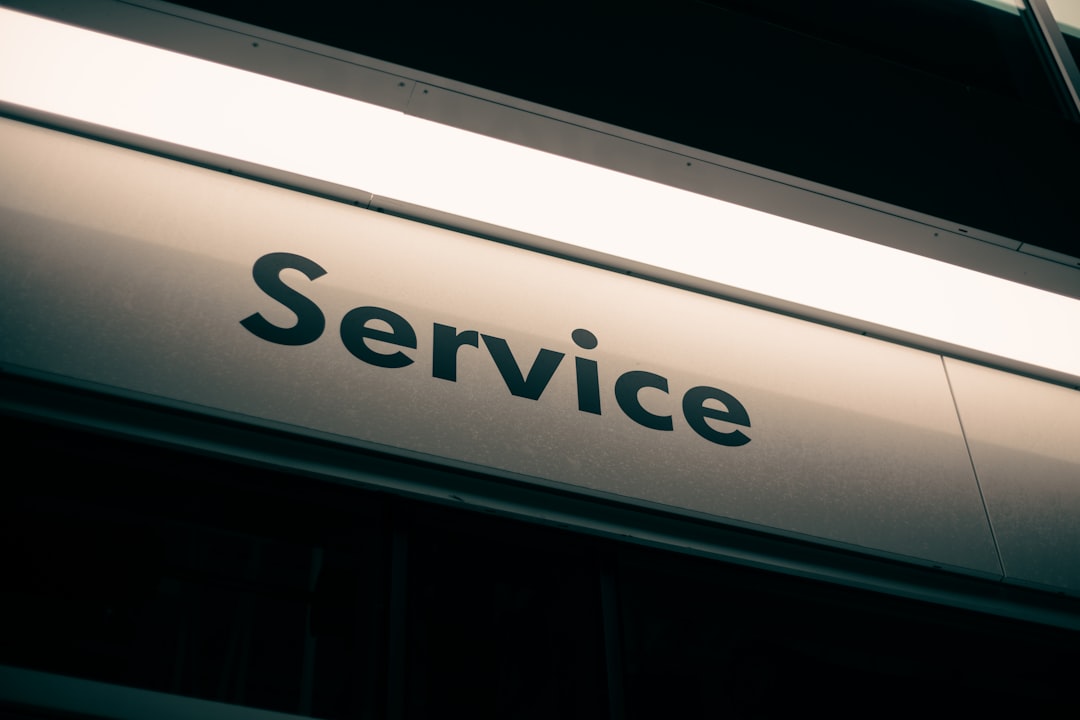
As the chill of winter sets in, the value of a well-functioning heater can not be overstated. Homeowners depend upon this vital furnace to provide warmth and comfort during the cold months. However, like any intricate appliance, heating systems can experience issues that need the competence of specialists. This is where heater fixing experts enter into play, offering the understanding and skills essential to resolve a range of heating issues efficiently.
Heater repair work specialists are trained to diagnose concerns rapidly and accurately, making sure that your heater runs safely and effectively. They have an in-depth understanding of the different sorts of heaters, consisting of gas, electric, and oil-powered models. This expertise allows them to identify troubles such as damaged thermostats, stopped up filters, and gas leakages, providing prompt options that can protect against further damage or issues.
Choosing a professional for furnace repair service is critical, not just for the integrity of your heater yet also for your safety. Trying to fix heater concerns by yourself can cause unsafe scenarios, such as carbon monoxide gas leaks or fire hazards. Licensed technicians use industry-standard safety measures and tools to execute repair services, making sure that your home continues to be a safe haven. Additionally, they can use upkeep ideas and suggestions to aid prevent future concerns, expanding the life of your furnace and enhancing its efficiency.
Routine upkeep is crucial to preventing costly fixings and guaranteeing your heater operates smoothly throughout the heating season. Furnace repair work specialists advise organizing annual check-ups to tidy and inspect your device. Throughout these gos to, professionals will conduct thorough assessments, change damaged components, and make sure the system is running successfully. By prioritizing upkeep, property owners can not just save money on utility costs yet also take pleasure in comfort recognizing their heater are in leading condition.
To conclude, enlisting the help of heating system repair work experts is necessary for maintaining a risk-free and comfy home throughout the chillier months. Their specialized knowledge and abilities supply homeowners with the guarantee that their heating systems are well looked after. By investing in professional repair service and upkeep solutions, you can enjoy a warm, reliable, and safe living environment all winter long. Remember, when it involves your furnace, it’s constantly best to leave fixings to the specialists.